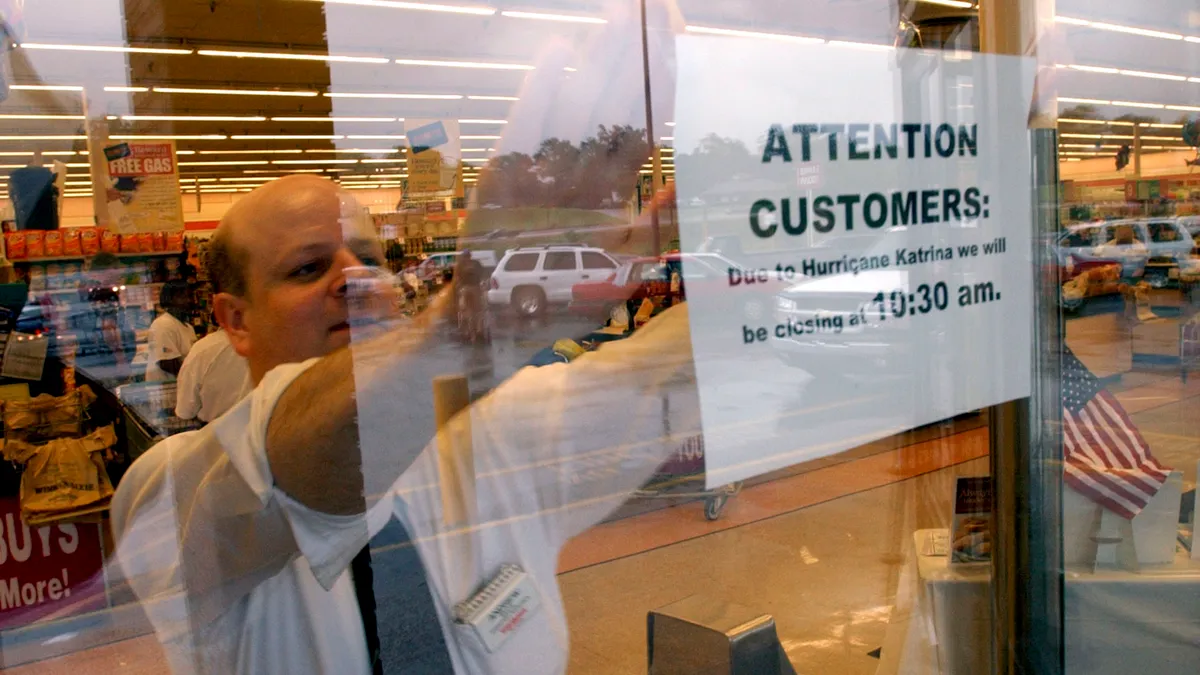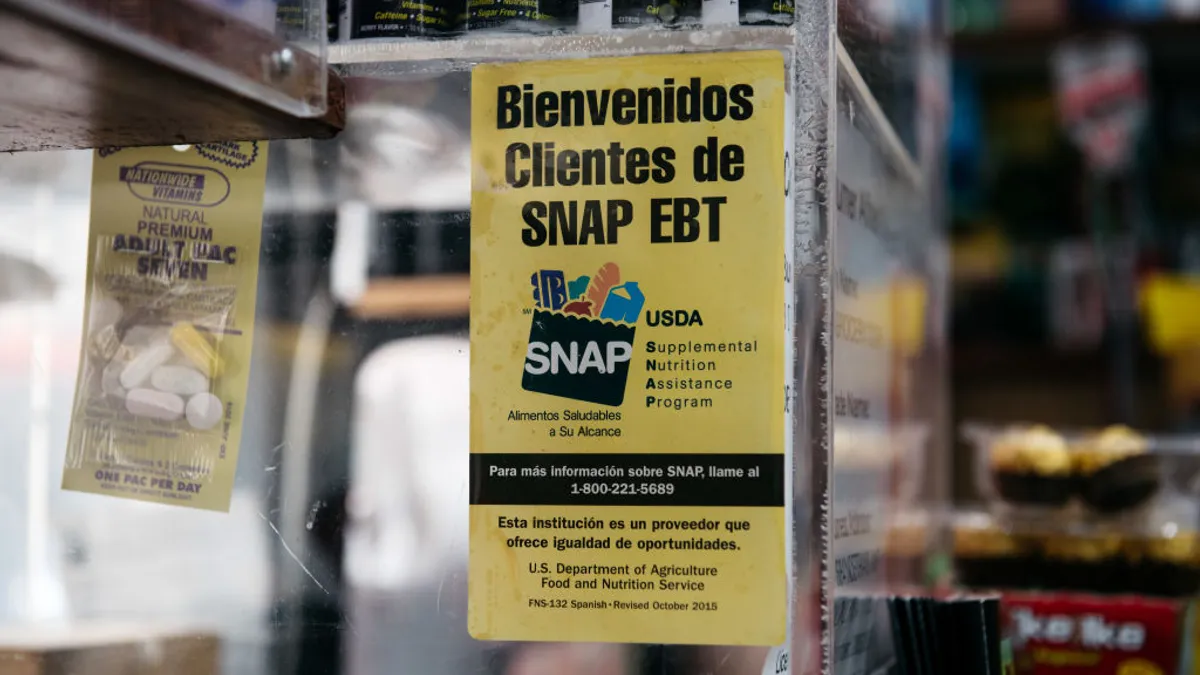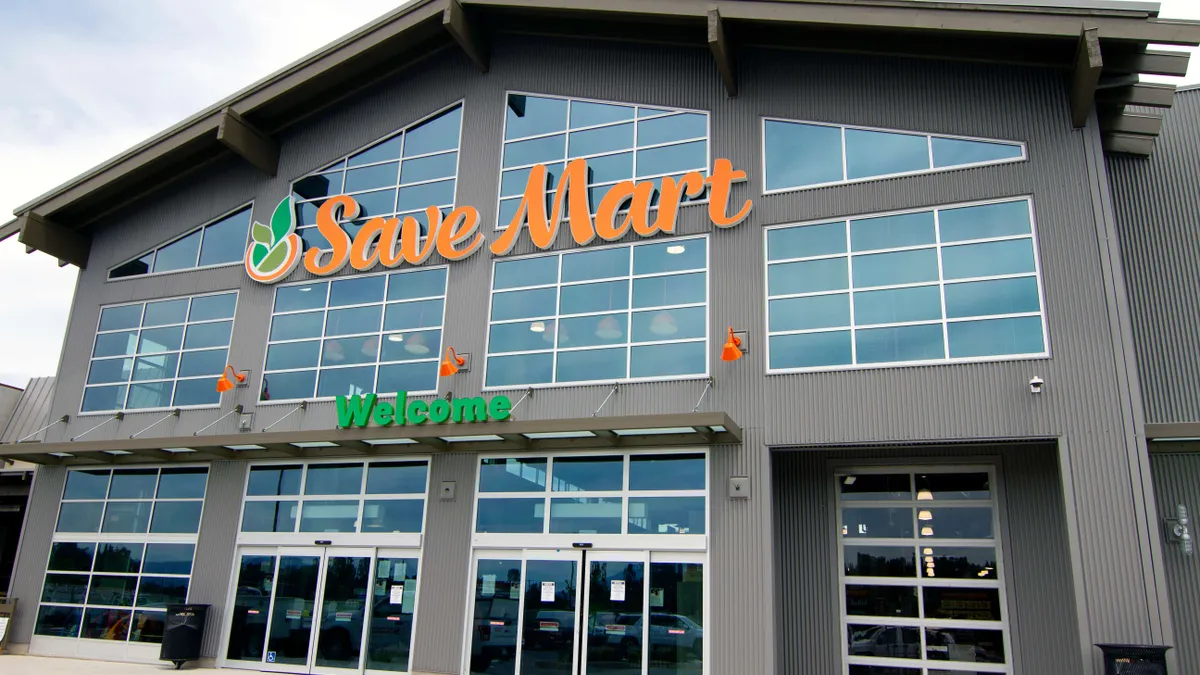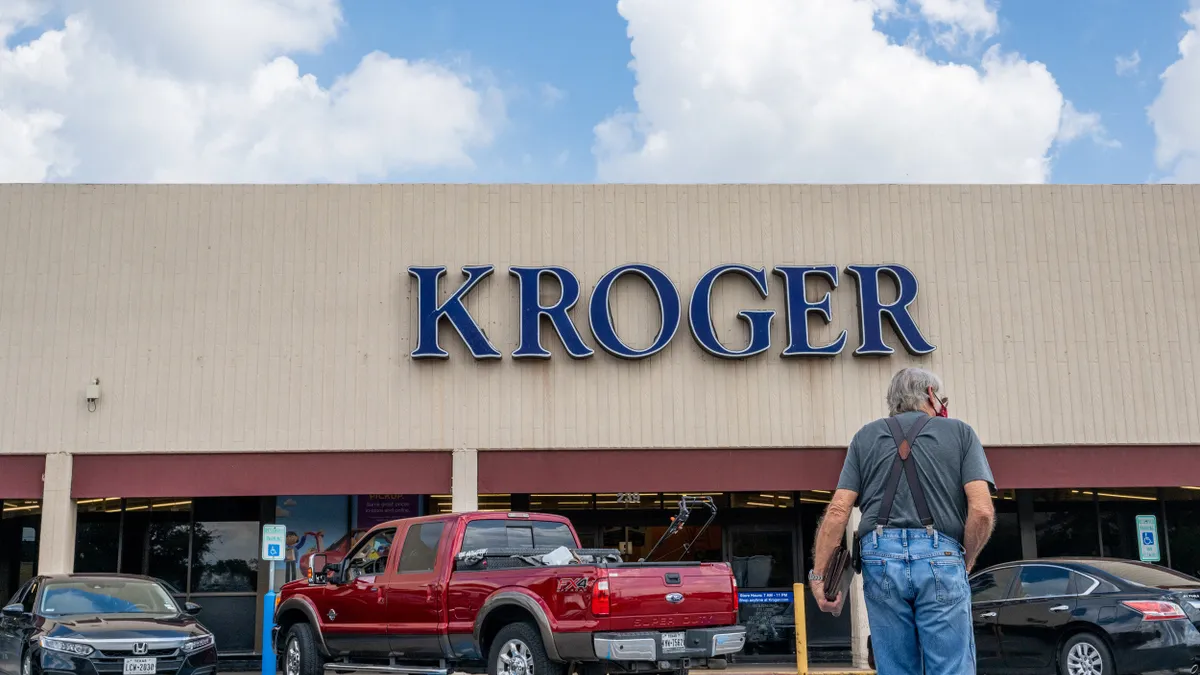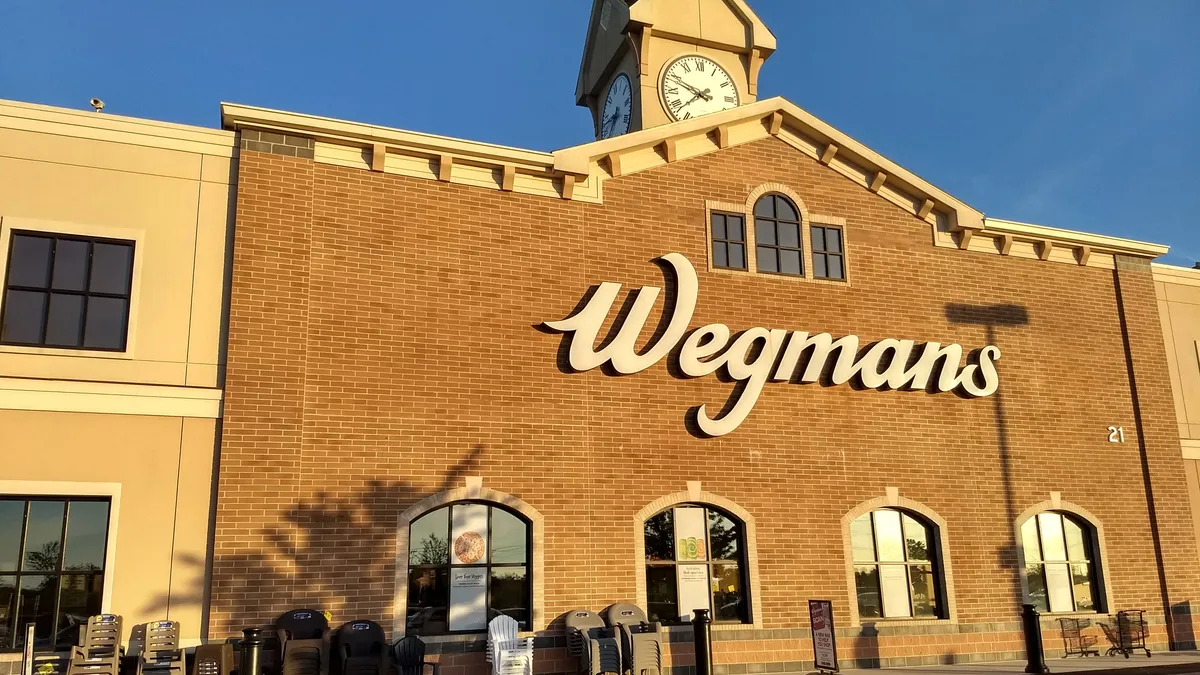The following is a guest post from Tom Buiocchi, founder and CEO of ServiceChannel.
In the coming months, grocery chains are going to be dealing with a number of challenges, namely the labor shortage, inflation and temporary store closings due to inclement weather. The latter of those issues is the most plausible to prepare for, so let’s focus on what supermarkets can do to limit the financial hit caused during hurricane season — which runs until the end of November — as well as other weather events.
We’ve seen the impact weather can have on grocery chains this year. Hurricane Elsa in July forced Publix to temporarily close its Tampa Bay area stores, and in February H-E-B and Walmart in Texas had to temporarily shutter hundreds of stores due to wintry conditions. Grocery chains have to be ready for power outages, facility damage and repair needs year-round and especially during late summer, with hurricane, tornado and hail seasons in full swing. Couple such weather with inflation due to supply-chain shortcomings, which are impacting the entire American economy, and you have a perfect storm to be dealt with by grocery leaders whose job is to bolster multi-location brands’ bottom line.
With all of that in mind, CFOs, heads of real estate, facilities managers and procurement directors need to be as ready as possible for these myriad challenges. Here are three ways they can make it to the other side of weather events as profitably as possible.
Establish a command center
Grocery chains need more than a Farmers' Almanac or the local forecast to get out in front of weather problems. Corporate facilities executives at grocery chains should set up a weather command center that is designed to alert and help locations of incoming weather events.
Tom Buiocchi, founder and CEO of ServiceChannel.
H-E-B and Walmart have been shedding light on how weather and emergency command centers can help mitigate damage during unexpected situations. H-E-B began developing its command center after 2005’s Hurricane Rita, and since then, the brand’s responsiveness to everything from blizzard conditions to COVID-19 has become a Texas source of pride. Walmart has a similar center that serves a breadth of emergencies. And from a retail-adjacent sector, home improvement brand Lowe’s also now has a cutting-edge weather and emergency command center, originally launched in 2020 to drive COVID-19 communications.
While smaller brands may not be able to invest in a full department to deal with storms, they can use data-based tools. Even if the solution is a bit makeshift by combining a National Weather Service feed with digital platforms that allow facilities executives to get accurate data, that’s a step in the right direction. Such data can enable them, for example, to have repair specialists and other contractors available to make fixes immediately, which can be the difference between a store being closed only a few hours and multiple days.
Create a playbook
Over the past several years, extreme weather has consistently reared its head at a higher rate than it did for the lion’s share of the previous 100 years. This pattern, unfortunately, doesn’t appear to be going away. Grocery leaders need to think long-term and create an inclement-weather playbook that can be customized by location, so store managers and other staffers know what to do and who to call when weather upends operations. The playbook can work in tandem with the command center technology that’s at a facilities manager’s fingertips.
Such preparedness should ultimately help profitability. For instance, if facilities managers have emergency service providers in their playbooks that have charged fixed hourly rates in the past, those providers are far less likely to upcharge their faithful customers. With inflation cutting into profitability, it behooves a grocery chain to go through costs in other areas with a fine-tooth comb — and the inclement-weather playbook will help.
Get your communications team ready
When stores are temporarily closing due to weather or if there’s any kind of problem that will impact the customer experience, the best thing to do is be transparent with patrons and let them know what’s happening. Use email, social media, the brand website and other channels to update customers.
Couple such weather with inflation due to supply-chain shortcomings, which are impacting the entire American economy, and you have a perfect storm to be dealt with by grocery leaders.

H-E-B, which has more than 300 locations in Texas, offers yet another strong example of how to provide an excellent weather-event response. In February, it enlisted company president Craig Boyan to record a YouTube video to explain the grocer's situation during the Texas winter crisis.
Also in Texas, Kroger last year used its social media channels to announce stores temporarily closing due to Hurricane Laura. Internal communications teams for other grocery chains need to act similarly when business as usual is disrupted.
All in all, grocery chains should be prepared for inclement weather by having data-driven tools, a customizable playbook and an at-the-ready social team. Unlike the labor shortage and inflation, these are elements that CFOs, heads of real estate, facilities managers and procurement directors have some control over while doing the best they can to protect the bottom line.


